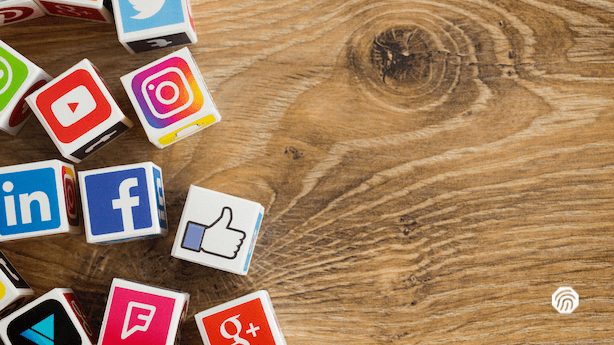As the social media strategist or social media manager for a furniture brand, you know what makes your brand unique and different. A seemingly simple accomplishment like finding the perfect couch can make your customer happy and comfortable. However, putting that perfect couch in front of that customer at just the right moment relies on a lot of individual strategic choices.
When it comes time to craft a marketing strategy, social media plays a key part. That’s why the ThumbStopper team has identified what we consider the four most important social media marketing tips for furniture brands. Use them to build a loyal customer following, increase audience engagement, and make the most out of your branded content.
1. Provide Value
Give customers a reason to follow you on social media by sharing valuable, unique content. Let it show what differentiates your products and customer service from other furniture brands. Tailor your social media content to your audience’s preferences and interests.
What might social media users want to see from a furniture brand’s Facebook page or Instagram posts? Think about the information a customer wants to know in order to choose your brand from your competitors. Share product information like dimensions, materials, color options, sustainability, price and shipping options.
Now, make the information valuable. For example, you could post a detailed video demonstrating how to put together a not-yet-released bookshelf. (That’s a great way to tease a new product, too!) Or, you might share rave customer reviews of your most popular coffee table. You can also create tools, like a room layout tool or an augmented reality app that lets shoppers visualize a piece in their own home.
Consider your customers’ needs, and you’ll easily find ideas for social media content.
2. Engage with Your Followers
You can create the most amazing on-brand content and have the most efficient plan to execute it…but if you don’t engage with your audience, your content will fall short of its potential.
One of the easiest ways to invite social media engagement is to ask them questions. When your followers respond, keep the conversation going! Like comments, reply to them, and react to them.
Different types of content you share will spark different kinds of engagement, too. For example, if you post an Instagram Stories poll asking customers about their favorite furniture piece you offer, share the results.
If the results weren’t what you expected, explain why in your next story! Film reactions from others on your brand team. Behind-the-scenes content puts a human face to your brand.
Put out the call for user-generated content, a method to share new content and build customer loyalty. One idea might be to ask customers to post photos of how they style your brand’s pieces in their home or office.
When you engage with your audience regularly and consistently — not just when you’re trying to drive sales — you lift your furniture brand’s reputation. Your audience will see that your brand genuinely cares about the customer-brand relationship. The sales will follow soon after.
3. Design a Strategy
A content strategy involves more than following a daily social media checklist. A good strategy involves planning and scheduling content ahead of time.
Brainstorm content ideas and then use a content calendar to organize them. A calendar will help you plan a good variety of different types of content: posts that ask your audience a question, posts that sell a product, posts that inform or inspire, and so on. You want an interesting mix of content so keep your pages interesting and reach shoppers at all stages of the funnel.
Your editorial calendar will remind you when to post, what graphics or photos to include, and what product or promotional links to use. Using a social media automation platform can make the process even easier.
4. Tap Your Retailers’ Networks
Your retailers provide a direct line to your local markets. Tap into it. Unfortunately, if you leave it up to them to post about your brand, they might forget, get too busy with other tasks, or post less than stellar quality product images.
Think of retailers as your secret weapon for your social media marketing strategy. Once you create unique branded content, you can partner with retailers and enable them to share it on their social media platforms. You’ll reach a wider segment of your target audience, increasing the chances of finding new leads and boosting sales.
How can you partner with retailers, exactly? ThumbStopper can help.
Let ThumbStopper Take Over
Don’t squander your investment in content. Get the results you want from your social media marketing strategy by letting ThumbStopper take care of your content automation and distribution.
ThumbStopper helps you amplify your brand’s message across your retail network. With our machine learning algorithm, we’ll share your branded content in the right place at the right time — every time. No more publishing content and hoping it performs well.
With ThumbStopper, you can spend more time creating valuable, high-quality content and engaging with your audience. Our brand services take care of the rest. Learn more about how ThumbStopper can help your furniture brand today!




